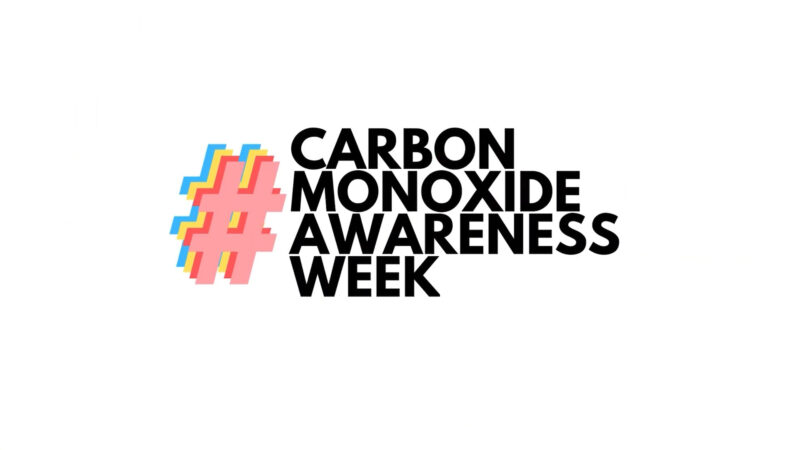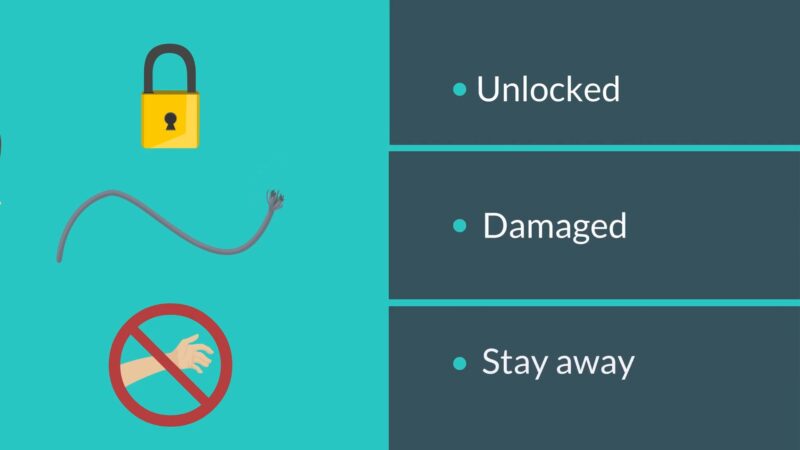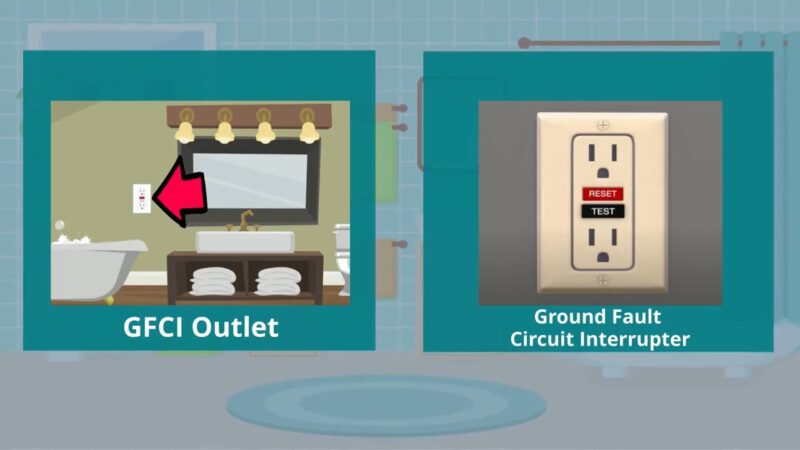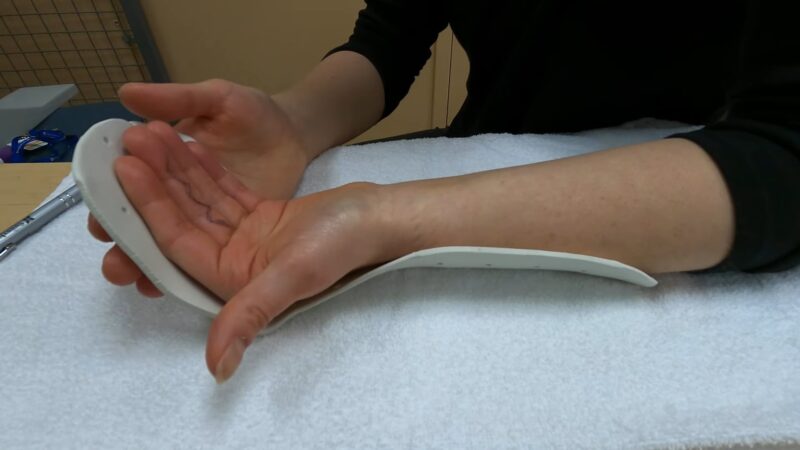Injuries, both minor and severe, can happen in the blink of an eye. Whether it’s a slip on a wet floor or a more serious accident at home, injuries can disrupt our daily lives and lead to long-term complications.
Fortunately, with a bit of foresight and some simple precautions, many injuries can be prevented. In this article, we’ll explore eight straightforward strategies to keep you and your loved ones safe.
Let’s explore!
1. Safe Storage of Household Items
Household cleaners and medications can be harmful, especially when ingested by children or pets. It’s essential to ensure that these items are stored safely.
1.1. Keeping Harmful Substances Away from Children
Children are naturally curious and often explore their surroundings without understanding the potential dangers. To prevent accidental ingestion:
- Store household cleaners and medications in childproof containers.
- Place them in cabinets or shelves that are out of reach and sight of children.
- Regularly check and ensure that these items are not within easy access.
1.2. Decluttering to Prevent Trips and Falls
A cluttered home can be a hazard. Items left on the floor or in hallways can become tripping hazards, leading to falls and injuries.
- Regularly clear clutter from hallways, stairs, and exits.
- Ensure that toys, shoes, and other items are stored away after use.
- Consider using storage solutions like shelves or baskets to keep things organized.
2. Stair Safety Measures

Stairs can be a significant source of injuries, especially if they are not adequately maintained or if safety precautions are not in place.
2.1. Installing Handrails and Lighting
Falls from stairs can lead to severe injuries. To minimize the risk:
- Install sturdy handrails on both sides of the stairs.
- Ensure there is adequate lighting at the top and bottom of the stairs.
- Check for loose or broken steps and repair them promptly.
2.2. Educating About Safe Stair Use
Awareness is key to preventing stair-related injuries.
- Teach children to use handrails when going up or down the stairs.
- Avoid running or rushing on stairs, especially when they are wet.
- Ensure that stairways are free from clutter and obstacles.
3. Fire Safety at Home
Fires can be devastating, leading to loss of property and life. It’s crucial to be prepared and have safety measures in place.
3.1. Regular Chimney Cleaning and Fire Safety Checks
A blocked chimney can lead to a house fire. To prevent this:
- Schedule an annual chimney cleaning with a professional.
- Use a fire safety checklist to inspect your home for potential hazards.
- Ensure that fire extinguishers are accessible and that family members know how to use them.
3.2. Planning and Practicing Home Escape
In the event of a fire, having an escape plan can be a lifesaver.
- Play interactive games like “Help Mikey Make It Out” with your kids to teach them about fire safety.
- Plan and practice your home escape route regularly.
- Ensure that everyone knows the meeting place outside, where you can find each other, and where firefighters can locate you.
4. Carbon Monoxide Awareness

Carbon monoxide (CO) is a silent killer. It’s colorless, tasteless, and odorless, making it nearly impossible to detect without the right equipment. Ensuring that your home is free from CO hazards is crucial for the safety of its inhabitants.
4.1. The Importance of CO Detectors
CO can be produced by various household appliances and situations, making it essential to be aware of its sources and dangers.
- Regularly check the manufacturer’s instructions for your CO detector. Some models require replacement every two to 10 years.
- If you have only one CO detector, place it near the sleeping area to ensure it can wake you up in case of a leak.
- Test your CO detectors monthly to ensure they’re functioning correctly.
4.2. Recognizing and Preventing CO Hazards
Awareness of the sources of CO and how to prevent its buildup is vital.
- Avoid running vehicles inside a garage, even with the door open.
- Ensure that open flames, space heaters, and water heaters are functioning correctly and are well-ventilated.
- Regularly inspect and clean blocked chimneys, as they can lead to CO buildup.
5. Safe Practices in the Kitchen
The kitchen, while being the heart of many homes, can also be a hotspot for potential injuries. From sharp knives to hot surfaces, it’s essential to be cautious.
5.1. Preventing Cuts and Burns
Simple habits can significantly reduce the risk of injuries in the kitchen.
- Always use oven mitts when handling hot pots and pans.
- Store sharp knives in a knife block or drawer, away from the reach of children.
- Turn pot handles inward to prevent them from being knocked over accidentally.
5.2. Safe Food Handling and Storage
Food safety is just as crucial as physical safety in the kitchen.
- Always wash your hands before handling food.
- Store raw meats and seafood separately from other foods to prevent cross-contamination.
- Regularly check the expiration dates of perishable items and dispose of expired foods.
6. Outdoor Safety Measures

The outdoors, while offering a space for relaxation and play, can also present various hazards. From slippery walkways to unsafe play equipment, outdoor safety is paramount.
6.1. Safe Play Areas for Children
Ensuring that children have a safe environment to play in is essential.
- Regularly inspect play equipment for any signs of wear or damage.
- Ensure that the ground around play areas is soft and cushioned, using materials like sand or rubber mulch.
- Set boundaries for children, keeping them away from roads or other potential dangers.
6.2. Preventing Slips and Falls Outdoors
Weather conditions can make outdoor areas slippery and hazardous.
- Clear walkways of snow and ice during the winter months.
- Use non-slip mats at entrances to prevent water and mud from making floors slippery.
- Ensure that outdoor lighting is adequate, especially in areas like stairways and pathways.
7. Water Safety Measures
Water-related activities, whether it’s swimming, boating, or just playing by the pool, can be a source of immense fun. However, they also come with their set of risks. Ensuring that everyone is safe around water is of utmost importance.
7.1. Safe Swimming Practices
Swimming is a favorite pastime for many, but it’s essential to follow safety guidelines.
- Always supervise children when they’re in or around water. Drowning can occur silently and within minutes.
- Ensure that everyone in the family knows how to swim. Consider enrolling in swimming lessons if necessary.
- Avoid swimming alone. It’s always safer to have someone with you in case of emergencies.
7.2. Boating and Watercraft Safety
Boating can be a thrilling experience, but it’s crucial to be prepared and cautious.
- Always wear life jackets when on a boat, regardless of the distance or water depth.
- Avoid consuming alcohol while operating a boat.
- Regularly check the boat’s equipment and ensure it’s in good working condition before heading out.
8. Electrical Safety in the Home

Electricity, while being indispensable in our daily lives, can also be a source of severe injuries if not handled correctly. From electrical shocks to fires, the dangers are real and ever-present.
8.1. Safe Use of Electrical Appliances
Using electrical appliances safely can prevent accidents and injuries.
- Avoid using electrical appliances near water to prevent electrocution.
- Regularly inspect cords for any signs of damage or wear. Replace them if necessary.
- Unplug appliances when they’re not in use to save energy and reduce the risk of electrical fires.
8.2. Preventing Electrical Fires
Electrical fires can be devastating, but with a few precautions, they can be prevented.
- Avoid overloading outlets with too many devices.
- Use surge protectors to protect your appliances from voltage spikes.
- Ensure that your home’s wiring is up to date and in good condition. Consider getting an electrical inspection if your home is old or if you’re unsure about its electrical state.
FAQ
How often should I review and update my home safety measures?
It’s a good practice to review safety measures at least once a year. However, if there are significant changes in your household, like a new baby, it’s best to review them sooner.
What should I do if someone gets injured despite taking precautions?
Always seek medical attention immediately, even for minor injuries. It’s essential to ensure there are no underlying issues.
Are there any apps or tools that can help me maintain safety at home?
Yes, there are various apps available that offer reminders for safety checks, tutorials on first aid, and emergency contact storage.
How can I make my bathroom safer to prevent slips and falls?
Use non-slip mats, install grab bars near the shower and toilet, and ensure the floor is dry after use.
Is it safe to use extension cords permanently?
It’s best to use extension cords temporarily. For permanent solutions, consider adding more outlets or consulting an electrician.
Final Words
Safety is not just a set of guidelines but a mindset. By being proactive and always keeping safety at the forefront of our actions, we can ensure a secure environment for ourselves and our loved ones.
Remember, the best cure is always prevention. For more content like this follow our page.
